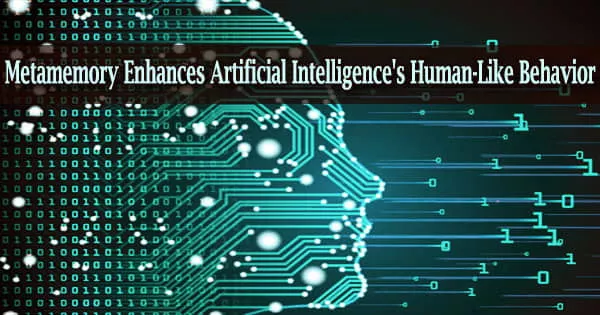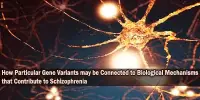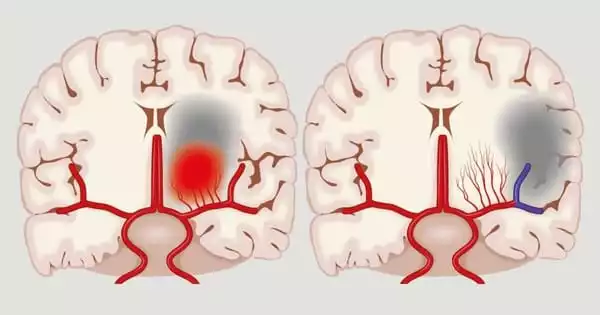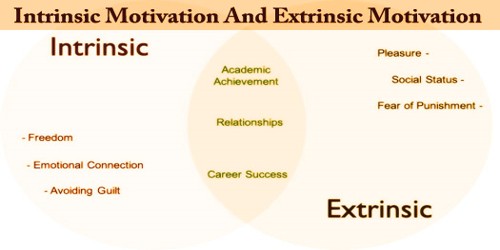Metamemory, as used in cognitive psychology, is the capacity to self-regulate and direct one’s learning and memory. A subfield of metacognition, or the study of thinking about one’s own thinking, is metamemory.
An artificial intelligence (AI) machine-learning system with adaptable intelligence based on what it already knows has been developed, according to a recent study. This is a step toward giving computers a more human-like thinking.
The replication of human intelligence functions by machines, particularly computer systems, is known as artificial intelligence. Expert systems, natural language processing, speech recognition, and machine vision are some examples of specific AI applications.
“We believe that our study can contribute to the understanding of human metamemory and, furthermore, to the realization of artificial consciousness,” wrote Professor Takaya Arita, Yusuke Yamato, and Reiji Suzuki at Nagoya University.
Artificial intelligence, in its most basic form, is a topic that combines computer science and substantial datasets to facilitate problem-solving. A successful early use of AI, expert systems sought to mimic human decision-making. In the beginning, it took a lot of time to collect and organize human knowledge.
Metamemory Model
The researchers demonstrate that the metamemory function based on memory self-reference evolved in artificial neural networks is comparable to the metamemory model developed in 1980 by researchers Thomas Nelson and Louis Narens.
“Metamemory in non-human animals has also been investigated in recent years, although it had been regarded as a truly unique characteristic of human memory. We attempt to evolve artificial neural networks with neuromodulation, which have a metamemory function.”
A vast volume of labeled training data is typically ingested by AI systems, which then examine the data for correlations and patterns before employing these patterns to forecast future states.
By studying millions of instances, an image recognition tool can learn to recognize and describe objects in photographs, just as a chatbot that is given examples of text chats can learn to make lifelike exchanges with people.
Normative data for 300 questions covering a wide range of topics, including art, entertainment, literature, geography, sports, and history were published by Nelson and Narens in their seminal study more than 20 years ago. The data included measurements of recall accuracy, recall latency, and ratings of feeling-of-knowledge.
Since then, these standards have been utilized regularly in scientific studies to better understand the mechanisms underlying long-term memory. The information flow between the meta-level and object-level levels in Nelson and Narens’ model of metamemory is governed by control and monitoring.
“Metamemory in non-human animals has also been investigated in recent years, although it had been regarded as a truly unique characteristic of human memory,” wrote the researchers. “We attempt to evolve artificial neural networks with neuromodulation, which have a metamemory function.”
Study Using Matching-to-Sample Task
In order to conduct this investigation, the researchers built an artificial neural network and gave it a delayed matching-to-sample task to complete. A participant is asked to observe an object, memorize it, and then choose it later from a list of possible answers in a matching-to-sample exercise.
The metamemory of the AI program could evolve thanks to neuromodulated plasticity. The artificial neural network contained modulatory neurons in addition to regular neurons to do this. The modulatory neurons had an effect on learning rate (plasticity) and had the ability to alter it dynamically.
The researchers noted that in a different metamemory experiment done by Robert Hampton and published in PNAS, their AI model had displayed a performance that was comparable to that of rhesus macaque monkeys.
Now that artificial intelligence is being modeled after the biological brain, scientists are one step closer to building computers with more human-like mental capabilities.
















